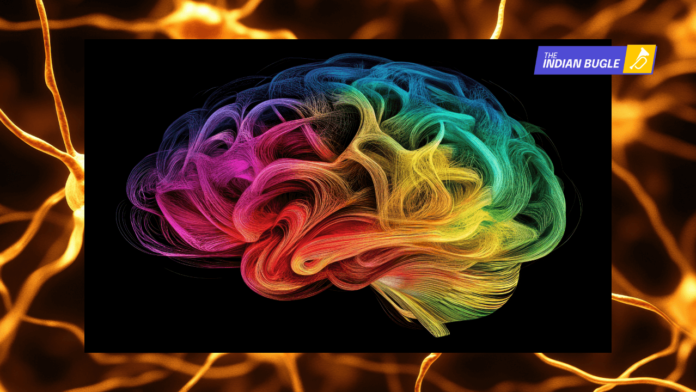Bollywood superstar Salman Khan has openly shared his struggle with trigeminal neuralgia, a condition he has battled since around 2007 while working on film projects. He revealed that the disorder caused excruciating, stabbing pain that made even basic activities like eating almost impossible. The pain grew so severe that he had to undergo multiple medical procedures, including a lengthy surgery overseas, to find relief. By candidly describing the condition as relentless and nearly unbearable, Salman Khan not only highlighted how deeply it affected his daily life but also drew public attention to trigeminal neuralgia and its grim label, the “suicide disease.” His openness helped break the silence around the illness, reducing stigma and encouraging other sufferers to seek timely medical care.
Trigeminal neuralgia (TN) is often described as the most painful condition known to humans. It causes sudden, electric-shock-like pain on one side of the face, triggered by the simplest of actions — eating, talking, brushing teeth, or even feeling a breeze. The agony can be so overwhelming that the condition has been nicknamed the “suicide disease.”
What is Trigeminal Neuralgia?
Trigeminal neuralgia is a neurological disorder affecting the trigeminal nerve, which carries facial sensations to the brain. Its hallmark is:
- Sudden, stabbing, or burning facial pain lasting seconds to minutes.
- Pain confined to one side of the face (jaw, cheek, eye, or forehead).
- Triggers from routine actions like chewing, touching the skin, or speaking.
- Attacks that can occur many times a day, often in painful cycles.
Why is it called the “Suicide Disease”?
The name reflects the unbearable intensity of the pain and its psychological toll. Historically, before effective treatments existed, many patients were driven to despair. While the label is controversial, it highlights the severity of TN and the importance of timely treatment and mental-health support.
Causes of Trigeminal Neuralgia
The condition usually arises from vascular compression, where a blood vessel presses on the trigeminal nerve near the brainstem. Other causes include:
- Multiple sclerosis damaging the nerve covering.
- Tumors or structural abnormalities.
- Trauma or idiopathic (unknown) origins.
Diagnosis
A neurologist typically diagnoses TN through a clinical history and neurological exam. MRI scans are used to rule out tumors, multiple sclerosis, or other conditions and to identify vascular compression that might be surgically treated.
Treatments and Modern Management
Medications (First Line)
- Carbamazepine and oxcarbazepine are the most common drugs prescribed. These anticonvulsants calm abnormal nerve firing and often provide rapid relief, though they require monitoring for side effects.
Minimally Invasive Procedures
- Radiofrequency rhizotomy, glycerol injection, or balloon compression: techniques that selectively damage part of the trigeminal nerve to stop pain signals.
Advanced Surgical Options
- Microvascular decompression (MVD): surgery that relieves nerve compression by repositioning the blood vessel and cushioning the nerve. Often provides long-term relief.
- Stereotactic radiosurgery (Gamma Knife): a focused radiation treatment that damages the nerve root non-invasively, effective for many patients.
Supportive Care
Because TN strongly affects mental well-being, counseling, stress management, and psychiatric support are crucial. Multidisciplinary teams — neurologists, neurosurgeons, pain specialists, and psychologists — offer the best outcomes.
Living with Trigeminal Neuralgia
While trigeminal neuralgia is not fatal, it profoundly impacts quality of life. With modern treatments, most patients achieve lasting relief, and many return to normal routines. Early diagnosis, consistent care, and mental-health support are the keys to recovery.
Final Thoughts
Trigeminal neuralgia’s reputation as the “suicide disease” stems from its horrific pain and the despair it once caused. Today, however, breakthroughs in medication, advanced surgery, and holistic care mean hope is real. With the right treatment and support, patients can manage or even overcome this condition and reclaim their lives.
